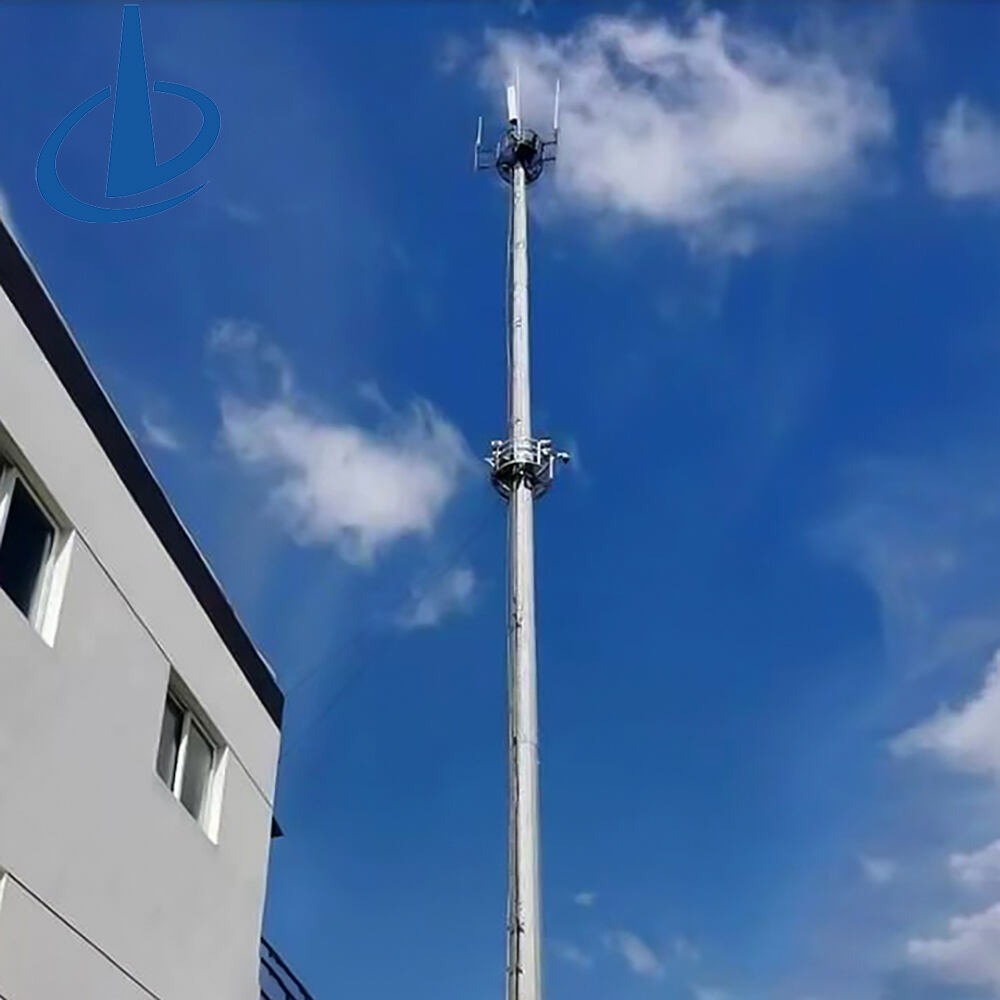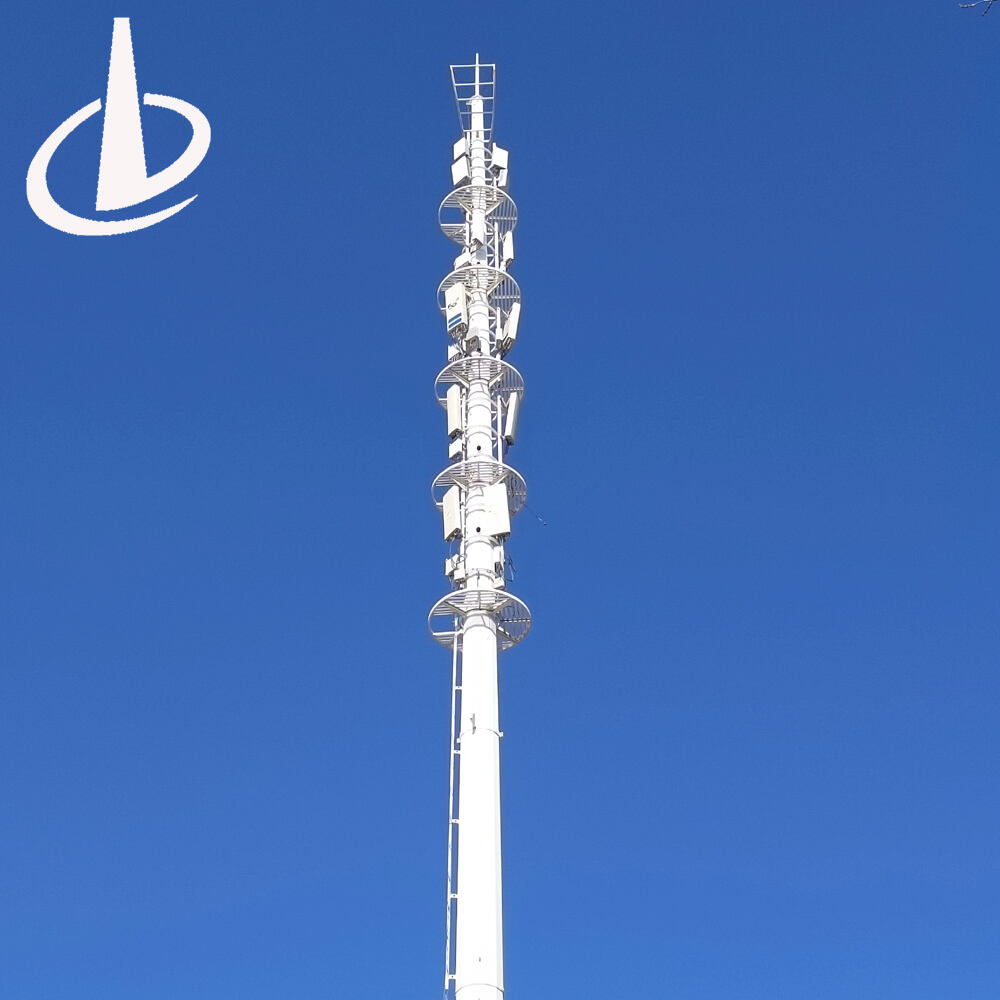self support tower
A self support tower represents a crucial advancement in telecommunications and broadcasting infrastructure. These freestanding structures are engineered to maintain stability without the need for external guy-wires or additional support systems. Typically constructed from high-grade steel, these towers can reach heights of up to 200 meters while maintaining structural integrity through their innovative design. The tower's base features a wide footprint that gradually tapers upward, creating an inherently stable structure capable of withstanding significant wind loads and environmental stresses. Modern self support towers incorporate advanced lightning protection systems, aircraft warning lights, and multiple platforms for equipment installation. They serve as essential mounting points for various telecommunications equipment, including cellular antennas, microwave dishes, and broadcasting equipment. The tower's design allows for strategic placement of transmission equipment at different heights to optimize signal coverage and minimize interference. These structures are particularly valuable in urban environments where space is limited and guy-wires would be impractical. The towers feature internal climbing systems and rest platforms for maintenance personnel, ensuring safe access to equipment at all levels. Their robust construction typically includes hot-dip galvanized steel components, providing exceptional corrosion resistance and ensuring a service life spanning several decades.


